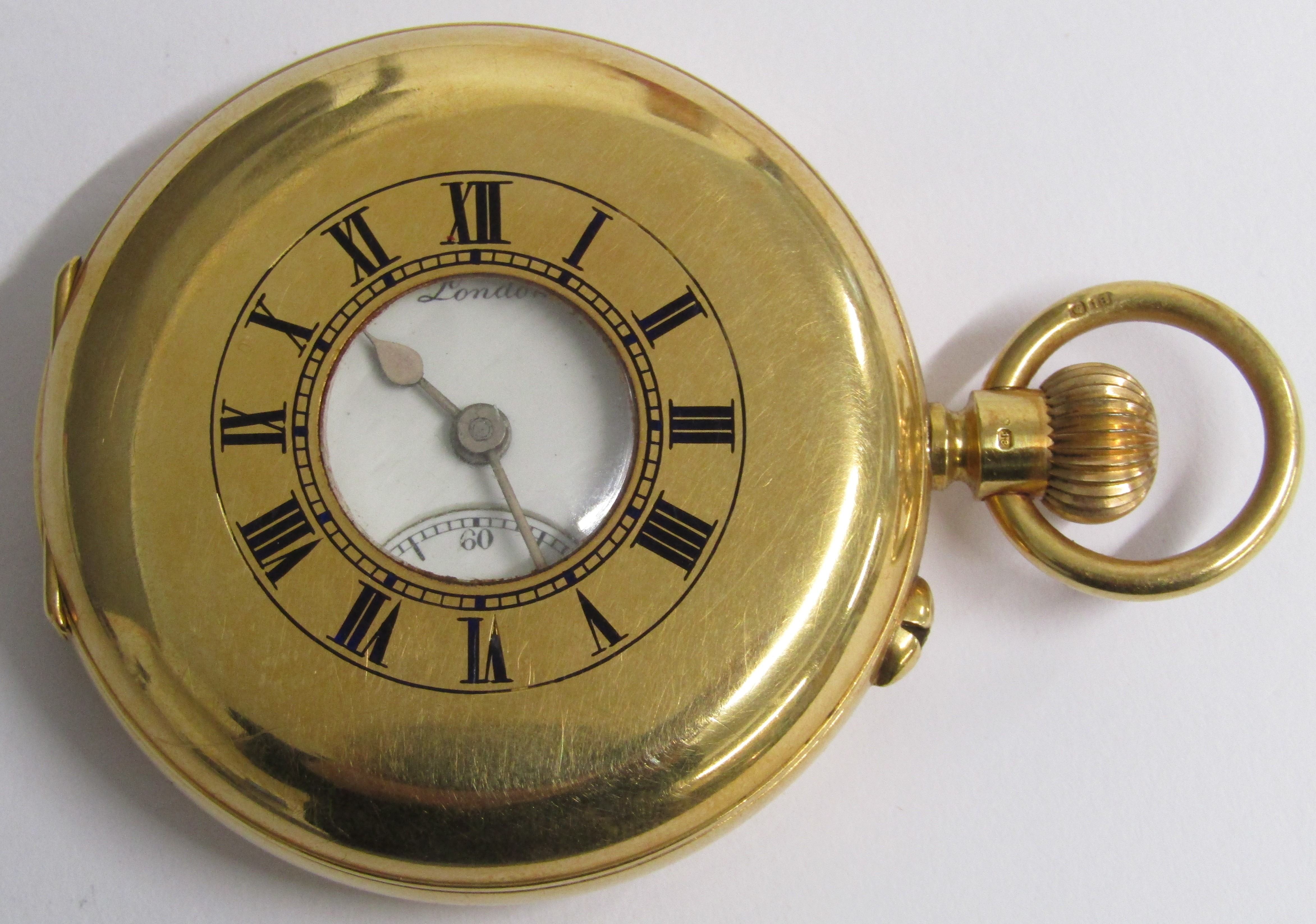
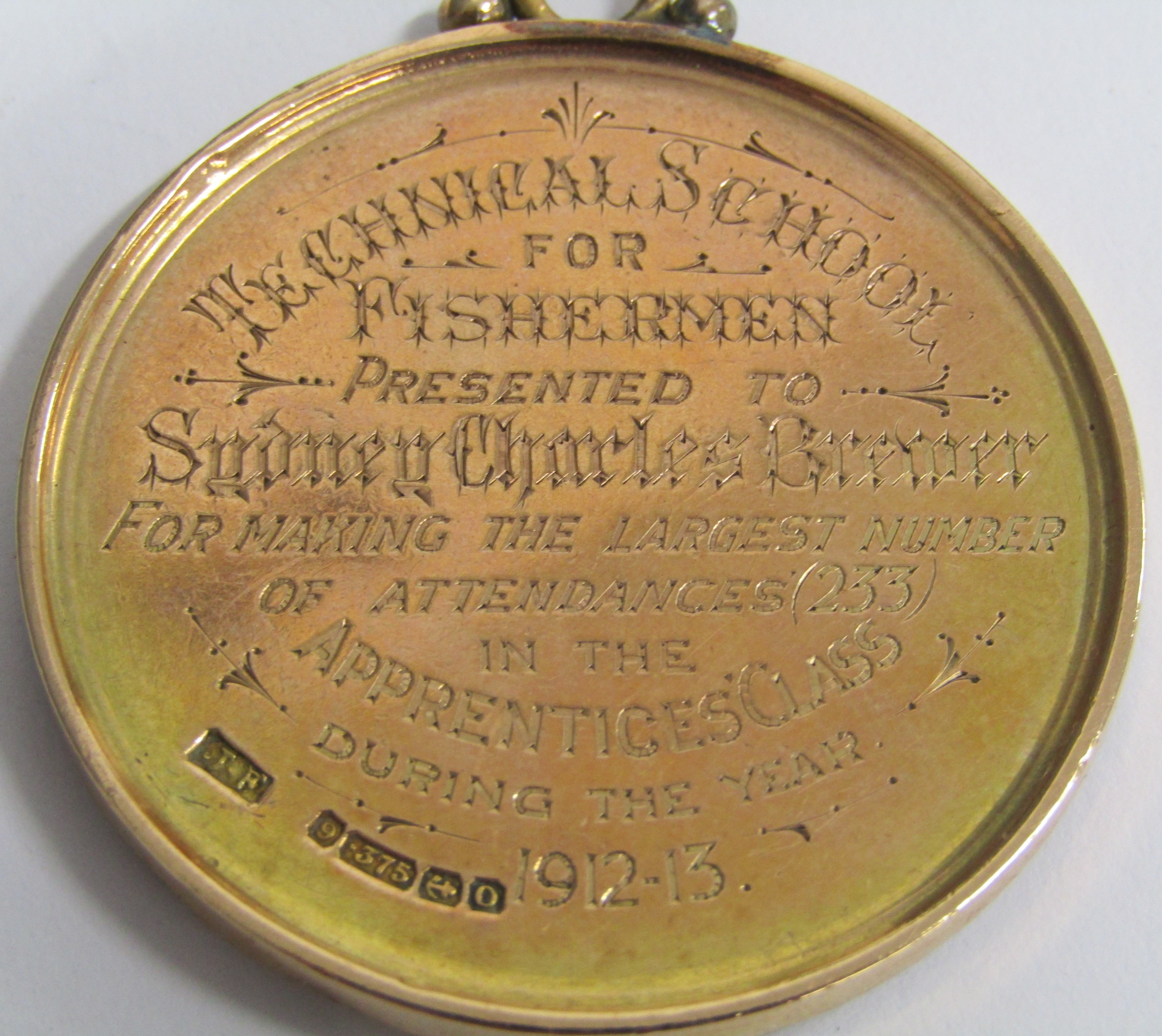
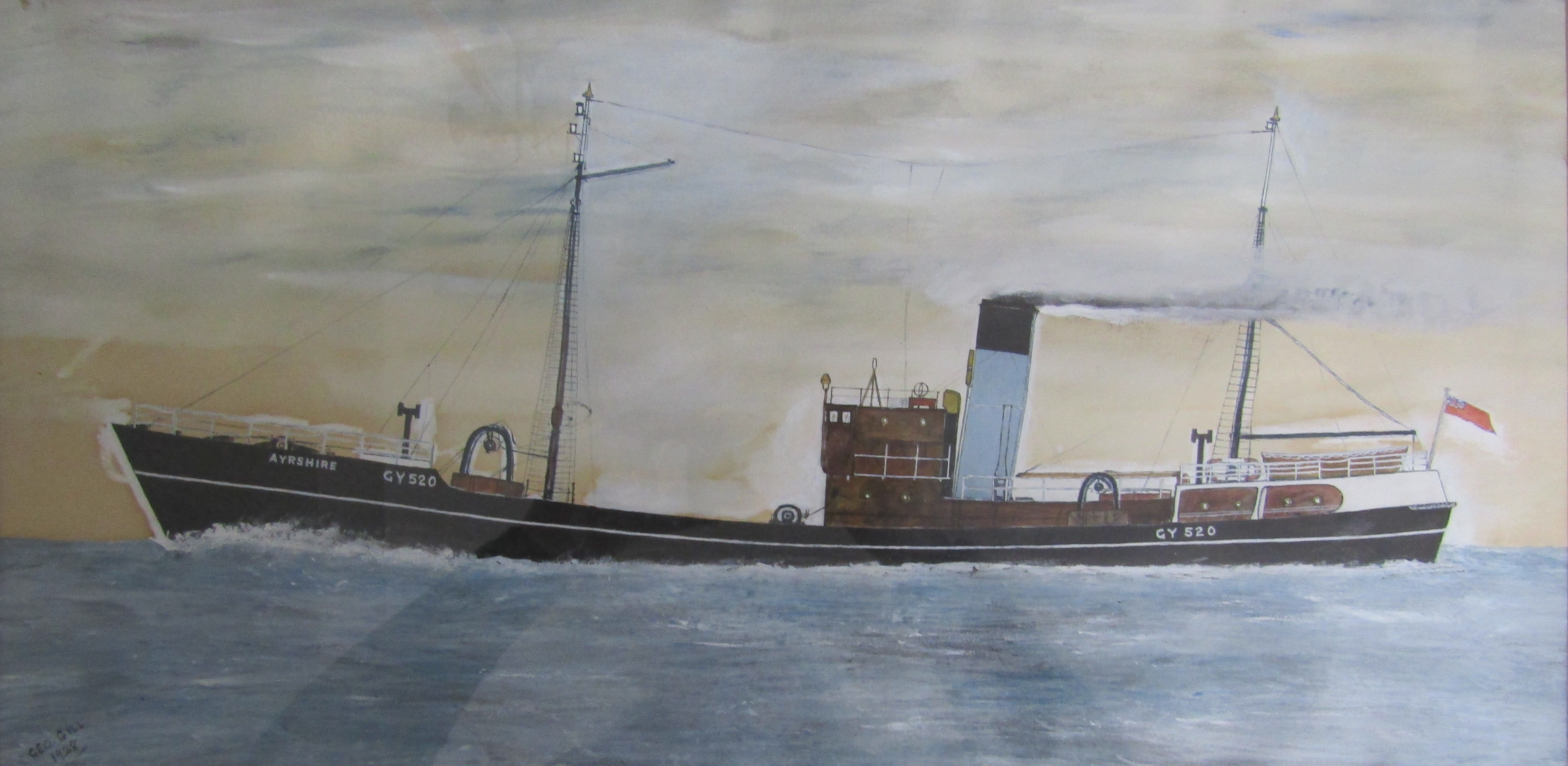
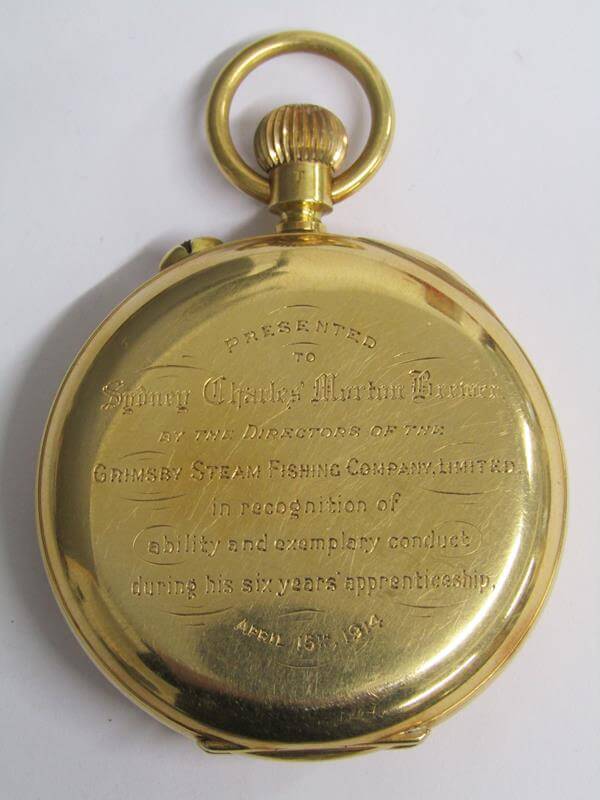
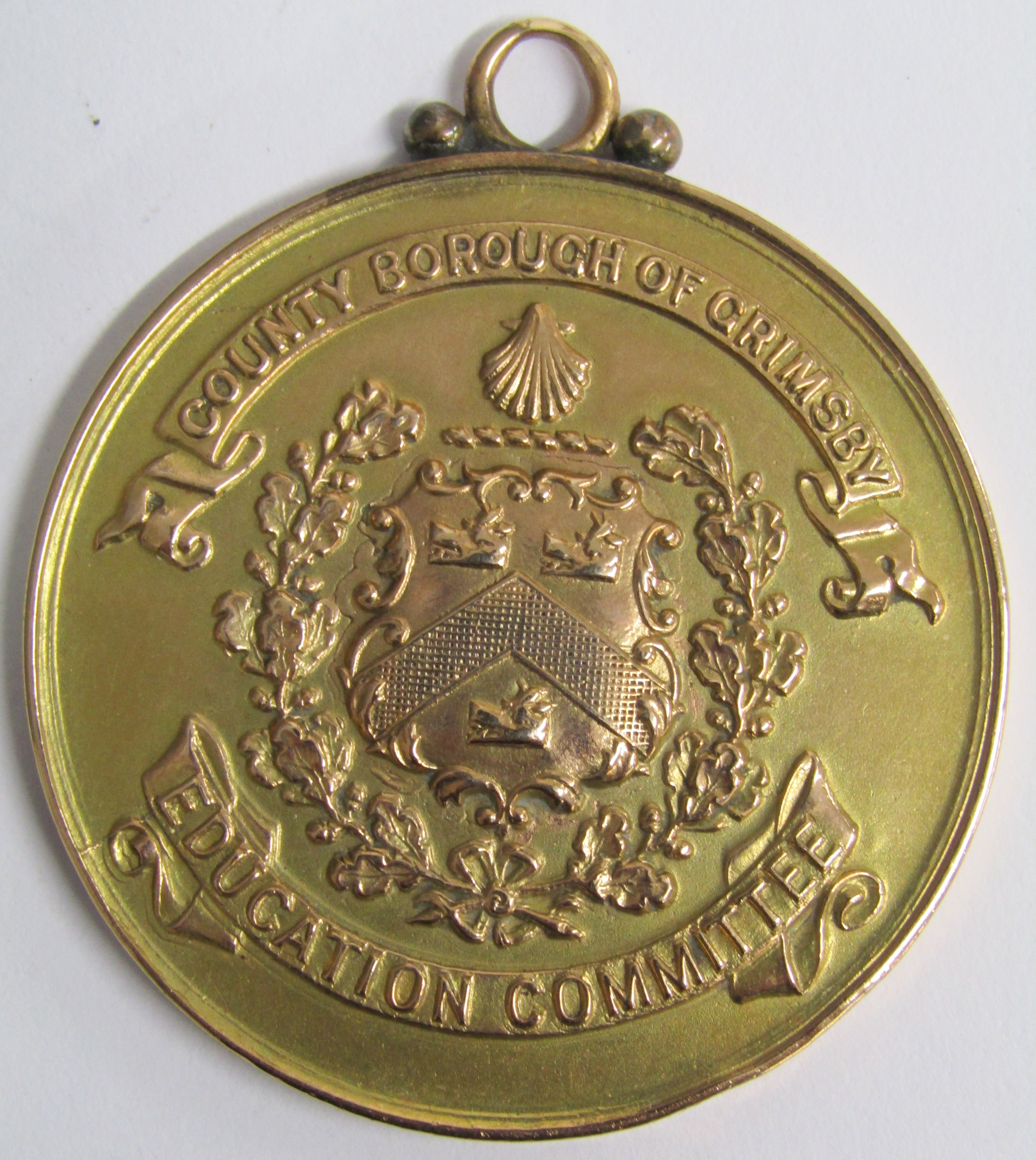

On Tuesday a beautiful 18 carat gold half hunter pocket watch will be going under the hammer in an auction at the Eastgate Saleroom. It is a Grimsby trawling treasure – which is the reason that it is not lying at the bottom of the North Sea.
The watch was a prize that was given to a young fellow who in 1914 was predicted to become one of the great stars of the fishing industry.
An inscription in the back records that it was presented to Sydney Charles Morton Brewer by the Grimsby Steam Fishing Company ‘in recognition of his ability and exemplary conduct during his six years apprenticeship’.
And the watch was not the only award that the 20-year-old Brewer received that year. He also took the Grimsby Technical School for Fishermen’s gold medal (9 carat) for the largest number of attendances in his apprenticeship years.
Promotion came rapidly. Just a year later he had been made the mate of the steam trawler Jurassic (GY 259). Apart from a deckie-learner, he was the youngest member of a nine-man crew that included forty and fifty year olds when the ship sailed out of the Grimsby Docks in late July 1915 – and into the middle of a ferocious German assault on the British fishing fleet. In six weeks eleven Grimsby trawlers alone had been sunk by U-boats, three had been sunk by mines and three others were missing.
The Jurassic disappeared on July 22nd. She was never seen again. There were no survivors.
Sydney Brewer, the 21-year-old rising star of the Grimsby fishing industry had, of course, left his prize half hunter pocket watch and his Fisherman’s School gold medal with his young wife at their home in Orwell Street – which is how they come to be starring in the auction at The Mart in Louth next week rather than lying on the bottom of the North Sea.
Another fascinating piece of Grimsby trawling history will also be going under the hammer: A 1938 watercolour painting of the ‘Ayrshire’ (GY 520), the steam trawler that would achieve immortality in the Second World War for its heroic performance during the shocking Russian convoy PQ17 – ‘The Convoy to Hell’.
Believing that an attack by the Tirpitz was imminent, the Admiralty removed the convoy’s naval escort and ordered the mostly unarmed merchantmen to scatter and make their own way. The decision was catastrophic. Twenty-three merchant ships were sunk by U-boats and enemy aircraft attack. Just thirteen ships made it to Archangel – four of them thanks to the Ayrshire which rounded them up and led them through the ice pack to safety, picking up dozens of the lifeboat survivors of sunken ships on the way.
The painting of the Ayrshire, done by artist George Gill just months after her launch, has been sent for sale by a Cleethorpes vendor who has recently been having a clearout.
Other noteworthy entries in the sale include the medal set of Private T. Barker of the Grenadier Guards who took part in the 1896-98 Sudan Campaign and the Second Boer War. (Queen’s Sudan Medal, Khedive’s Khartoum Medal and King’s South Africa Medal).
Some fine clocks include two 18th century long cases and in addition to Sydney Brewer’s half hunter, the watches also include an 18 carat gold repeater stopwatch by J. W. Benson, one of Victorian London’s most prestigious watchmakers and jewellers, a firm whose clients included both British and European royalty. (Estimate £2,500-£3,000).
